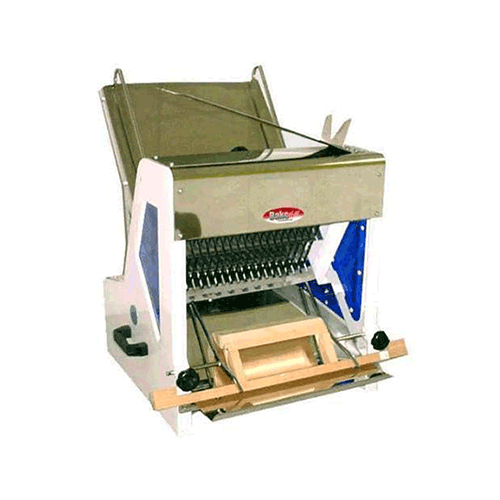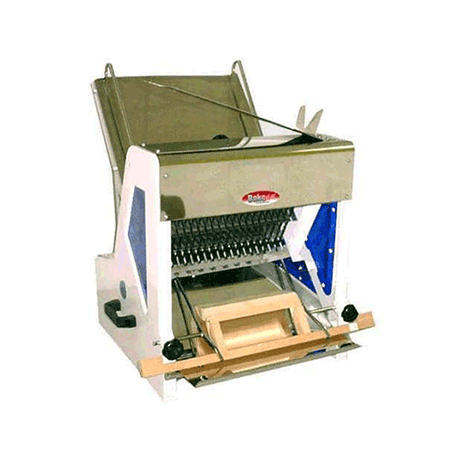
Food Processing Equipment
BakeMax
BakeMax BMGF001-1 7/16" Automatic Electric Bread Slicer
165.0 lb
$6,363.50 CADUnit price /UnavailableBakeMax
BakeMax BMGF001-2 1/2" Automatic Electric Bread Slicer
165.0 lb
$6,363.50 CADUnit price /UnavailableBakeMax
BakeMax BMGF001-3 9/16" Automatic Electric Bread Slicer
165.0 lb
$6,363.50 CADUnit price /UnavailableBakeMax
BakeMax BMGF001-4 5/8" Automatic Electric Bread Slicer
165.0 lb
$6,363.50 CADUnit price /UnavailableBakeMax
BakeMax BMGF001-5 3/4" Automatic Electric Bread Slicer
165.0 lb
$6,363.50 CADUnit price /UnavailableBakeMax
BakeMax BMGF001-6 1" Automatic Electric Bread Slicer
165.0 lb
$6,363.50 CADUnit price /UnavailableBrowne
Browne Protective Carriage for Mandolin - 5720600
1.63 lb
Low stock (3 units)$129.29 CADUnit price /Unavailable- Ship-Ready29% off
Chef’s Choice
Chef's Choice 3/16" Tomato Slicer
5.0 lb
In stock (7 units)$200.00 CAD$280.00Unit price /Unavailable Choice
Choice Food Prep 3/16" Tomato Slicer Blade Assembly - 407PT1875BLD
0.48 lb
In stock (6 units)$39.00 CADUnit price /UnavailableDito Sama
Dito Sama 602232 18" Variable Speed Immersion Blender
11.0 lb
$834.00 CADUnit price /UnavailableDito Sama
Dito Sama 602233 18" Variable Speed Immersion Blender
11.0 lb
$882.00 CADUnit price /UnavailableDito Sama
Dito Sama 602236 22" Variable Speed Immersion Blender
11.0 lb
$1,353.00 CADUnit price /UnavailableDito Sama
Dito Sama 602237 26" Variable Speed Immersion Blender
11.0 lb
$1,240.00 CADUnit price /UnavailableDito Sama
Dito Sama 602238 26" Variable Speed Immersion Blender
11.0 lb
$1,393.00 CADUnit price /UnavailableDito Sama
Dito Sama 602241 Combination Continuous Feed Food Processor With 4.7 Qt Bowl
70.0 lb
$3,967.00 CADUnit price /UnavailableDito Sama
Dito Sama 602242 Combination Continuous Feed Food Processor With 5.8 Qt Bowl
70.0 lb
$6,297.00 CADUnit price /Unavailable

















